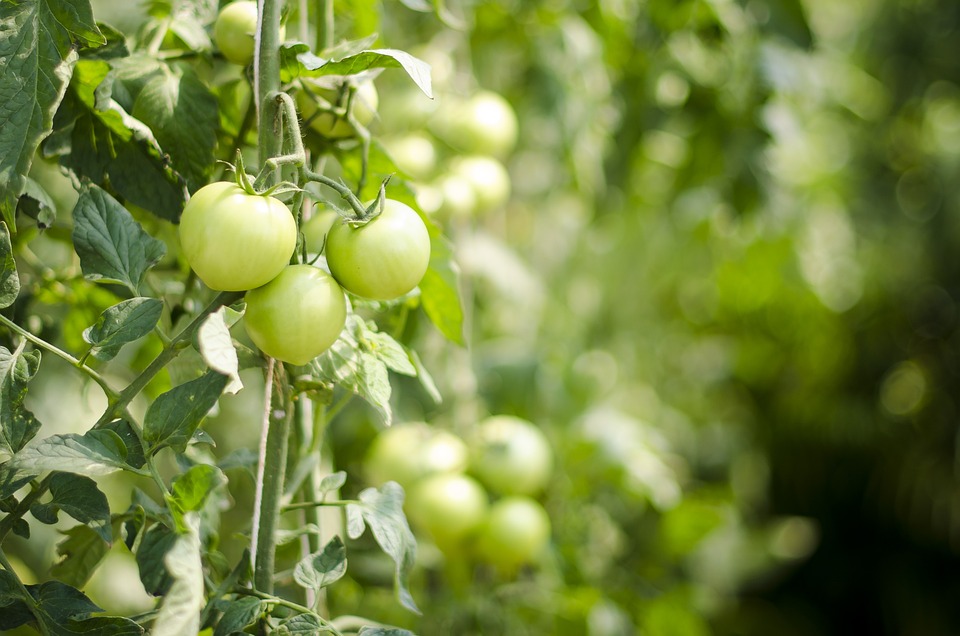Introduction
Gardening can be a rewarding and fulfilling hobby, especially when it comes to growing your own edible plants.
Whether you have a large backyard or a small balcony, you can create your own little oasis of fresh herbs, fruits, and vegetables.
This article will guide you through the basics of edible gardening, from choosing the right plants to maintaining and harvesting them.
Choose the Right Plants
When starting your edible garden, it’s essential to choose plants that are suitable for your climate and growing conditions.
Consider factors such as sunlight, soil type, and available space.
Some beginner-friendly options include tomatoes, peppers, herbs like basil and mint, and leafy greens such as lettuce and spinach.
These plants are relatively easy to grow and provide a good yield.
Prepare the Soil
Before planting, it’s crucial to prepare the soil to provide a healthy environment for your plants.
Remove any existing weeds, rocks, or debris and loosen the soil to improve drainage.
You can also amend the soil with organic matter like compost or well-rotted manure to enrich its nutrients.
A pH test can help determine if the soil needs any adjustments for optimal plant growth.
Planting and Watering
When it comes to planting, follow the instructions provided on the seed packets or plant labels.
Consider spacing requirements to allow proper air circulation and prevent overcrowding.
After planting, regularly water the plants, ensuring that the soil remains moist but not waterlogged.
Always water at the base of the plants to avoid wetting the leaves, which can promote diseases.
Maintain Your Garden
Maintaining your edible garden involves regular care and attention.
Monitor your plants for pests and diseases, and take immediate action if you notice any issues.
Mulching around the plants can help retain moisture and suppress weed growth.
Additionally, consider using organic fertilizers to provide nutrients to the plants throughout the growing season.
Regular pruning and harvesting also promote plant health and productivity.
Harvest and Enjoy
One of the joys of edible gardening is reaping the fruits (or vegetables) of your labor.
Harvesting times vary depending on the plant, so be sure to research the specific requirements for each one in your garden.
Harvest your produce when it’s ripe and ready to be enjoyed.
Freshly picked herbs, tomatoes, or strawberries from your own garden can bring immense satisfaction to your meals.
FAQs
1. How much space do I need to start an edible garden?
The space required for an edible garden depends on the plants you choose.
Some options, like herbs and lettuce, can be grown in small containers on a windowsill.
If you have a backyard, you can utilize raised beds or dedicate a corner for larger plants like tomatoes or peppers.
Vertical gardening techniques can also maximize space in smaller areas.
2. How often should I water my edible plants?
The watering frequency for edible plants depends on various factors such as climate, rainfall, and the type of plant.
As a general rule, it’s essential to keep the soil consistently moist, but not waterlogged.
Check the soil regularly by inserting your finger up to the first knuckle.
If it feels dry, water the plants thoroughly until the water drains from the bottom of the container or bed.
3. How do I prevent pests from damaging my edible plants?
Pest prevention is an integral part of edible gardening.
One approach is to encourage beneficial insects, such as ladybugs and lacewings, to feast on harmful pests.
You can also use physical barriers like netting or row covers to protect your plants.
Regularly inspect your plants for signs of infestation and address any issues promptly.
Organic pest control methods, like homemade sprays or traps, can also be effective.




